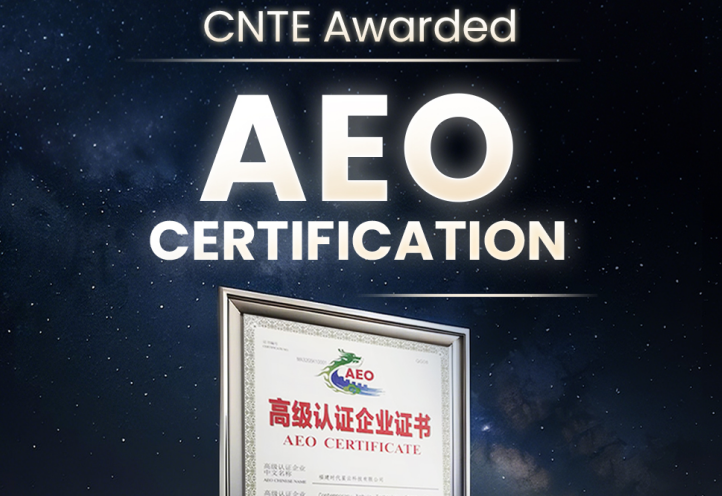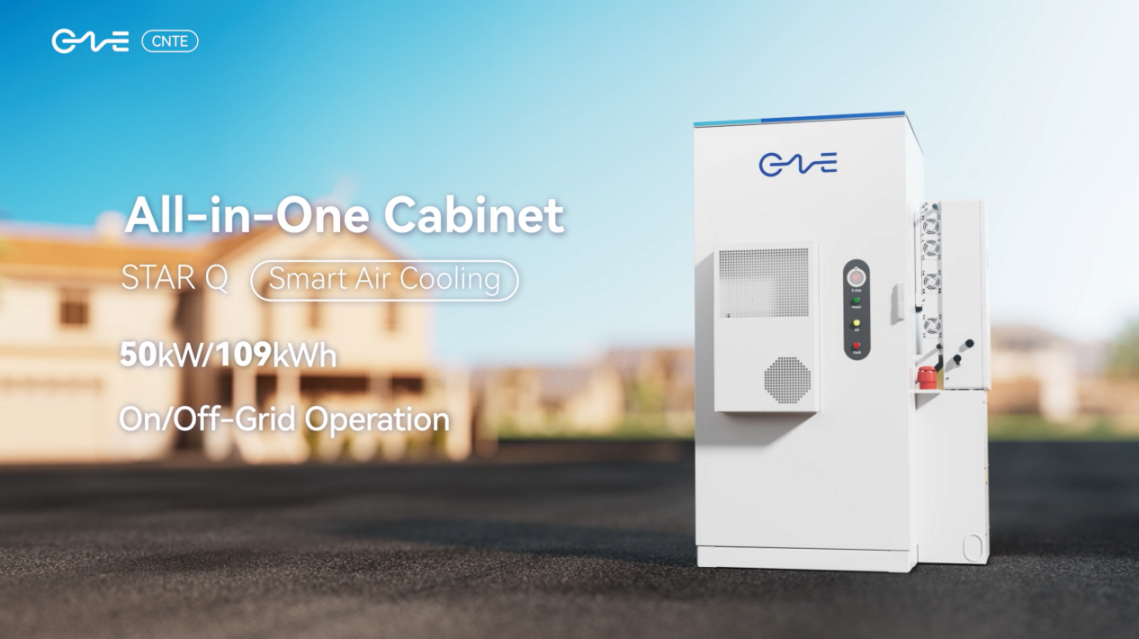Advanced Microgrid Solutions in C&I Energy Storage Systems
Why is energy demand increasing in the commercial and industrial sectors? Businesses rely on energy to run machines, power offices, and maintain operations. However, rising energy costs and growing environmental concerns have made meeting this demand increasingly difficult. As a result, many companies are seeking solutions that can reduce costs while supporting sustainability.
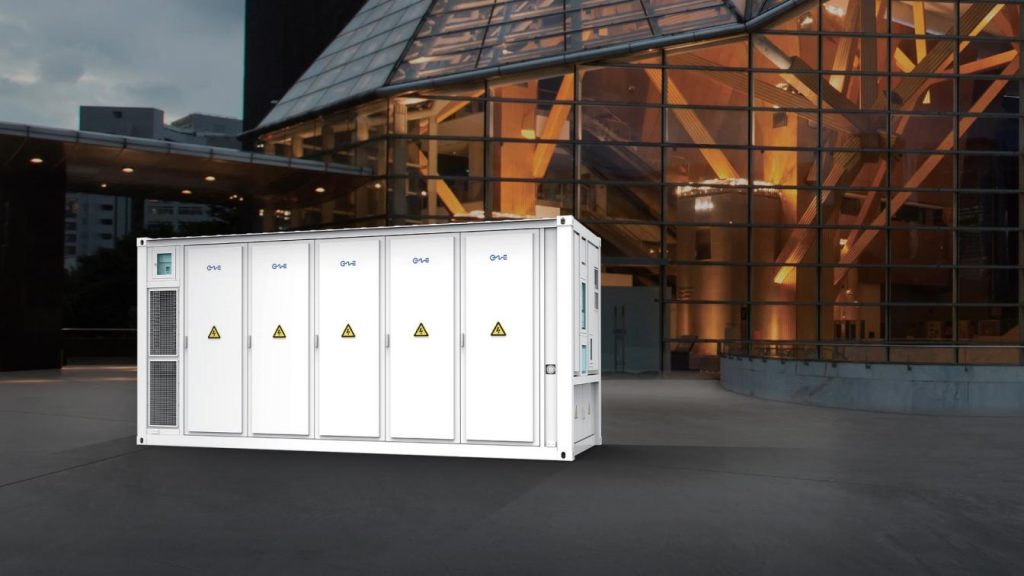
Microgrids present a compelling solution. These small, self-sufficient energy networks store and distribute electricity efficiently, helping to lower expenses and improve reliability. Additionally, they facilitate the integration of renewable energy sources, such as solar and wind. In an era where traditional grids pose mounting challenges, microgrids offer businesses greater control over their energy consumption.
Would this be the key to solving energy problems for businesses?
The Need for Advanced Microgrid Solutions
How C&I Facilities are Driving Energy Consumption
The demand for energy is increasing, especially in the commercial and industrial (C&I) sectors. Companies require more energy to run operations, machinery, and buildings. As industries grow and the number of businesses expands, energy use continues to rise. This trend is especially strong in industries like manufacturing, data centers, and transportation. These sectors need large amounts of energy to function. Without a proper solution, the growing demand may lead to higher energy costs and supply problems.
Unreliable Grid Access, Fluctuating Energy Prices, and Demand Surges
Energy grids often struggle to meet the growing demand. In many regions, the grid system is outdated or unreliable. This can lead to power outages and voltage fluctuations. In addition, energy prices are unpredictable, which makes it hard for businesses to plan their expenses. Furthermore, during periods of high demand, the grid may not be able to provide enough power. This creates a risk for companies that rely on a stable energy supply. For these reasons, businesses need a more reliable and affordable energy solution.
ESG and Decarbonization Goals
Many businesses face increasing pressure to reduce their carbon footprint. Governments, stakeholders, and customers expect companies to meet sustainability targets. These goals include reducing greenhouse gas emissions and adopting cleaner energy sources. Environmental, Social, and Governance (ESG) criteria are becoming more important for business decisions. Companies are now focusing on decarbonization and transitioning to renewable energy. Failing to meet sustainability targets can harm a company’s reputation and lead to higher costs in the future.
What Are Advanced Microgrid Solutions in Energy Storage Systems?
CNTE‘s Commercial and Industrial Battery Solutions
One solution to these challenges is advanced microgrids. CNTE’s commercial and industrial battery solutions use CATL LFP battery cells and intelligent liquid cooling systems. These systems offer energy storage options from 206 kWh to 4 MWh. The batteries are designed for efficiency and long-term performance. With these systems, businesses can store energy and use it when needed, reducing dependence on the grid.
Flexible Application Scenarios: 0.5P/1P Optional
Microgrids are flexible. They can be customized to fit different business needs. Whether a business needs a smaller or larger system, microgrids can be adjusted. Options like 0.5P/1P allow businesses to choose the most suitable size for their operations.
Extraordinary Safety Features
Safety is a key concern in energy systems. CNTE’s microgrids have multiple safety features. The batteries include quadruple fire protection to prevent any hazards. There are also precision fire alarm positions, which ensure quick detection and response in case of fire. Real-time insulation monitoring is another safety measure, offering constant oversight of the system’s status. These features work together to create a safe energy storage environment.
CATL LFP: More Steadily and More Safely
CATL LFP battery cells are known for their stability. They provide a steady and safe energy supply. Compared to other battery types, LFP cells are less likely to overheat or experience safety issues. This makes them ideal for commercial and industrial applications where reliability is crucial.
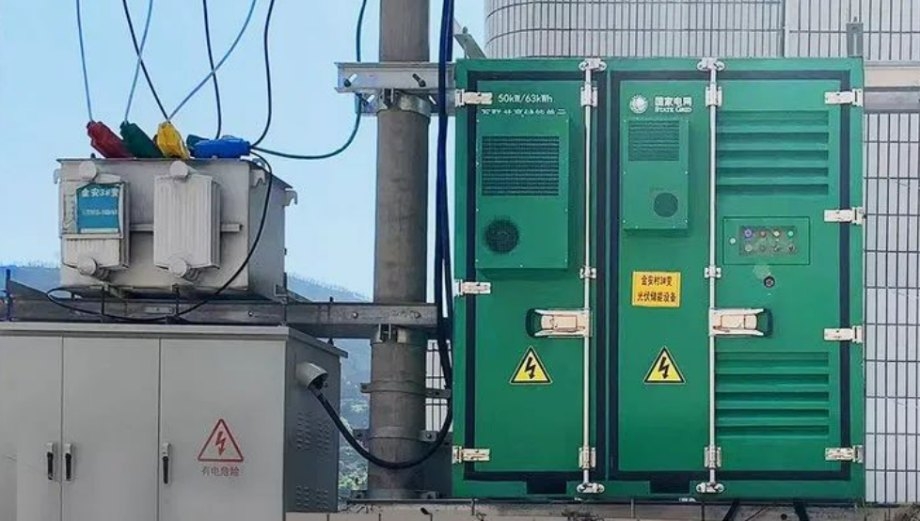
Emerging Technologies Enhancing Microgrids – STAR T
Intelligent EMS Management
One of the technologies improving microgrid performance is Intelligent EMS (Energy Management Systems). EMS ensures system safety by constantly monitoring the microgrid. The cloud platform offers real-time status updates, keeping businesses informed about their energy use.
Precise Liquid Cooling
Another important feature is the precise liquid cooling system. This system keeps battery temperatures within a safe range, ensuring optimal performance. The temperature difference between cells remains below 4°C, which helps extend battery lifespan.
Flexible Energy Storage Solutions
The microgrid’s 20 ft standard container can hold 5 to 10 racks of energy storage systems. This allows for flexible energy storage solutions. Businesses can choose different configurations based on their needs. The system is designed to support applications from 1 to 4 hours. Additionally, the microgrid includes advanced safety features, such as quadruple fire protection and precise fire alarm positioning.
High Performance and Efficiency
The system is highly efficient, with a 93% energy return efficiency (RTEZ). It also includes auto-refill coolant, extending the life of the system. The microgrid’s AC available capacity is 94%, and the system’s cycle life is about 9,000 cycles. This ensures that businesses get maximum value from their investment.
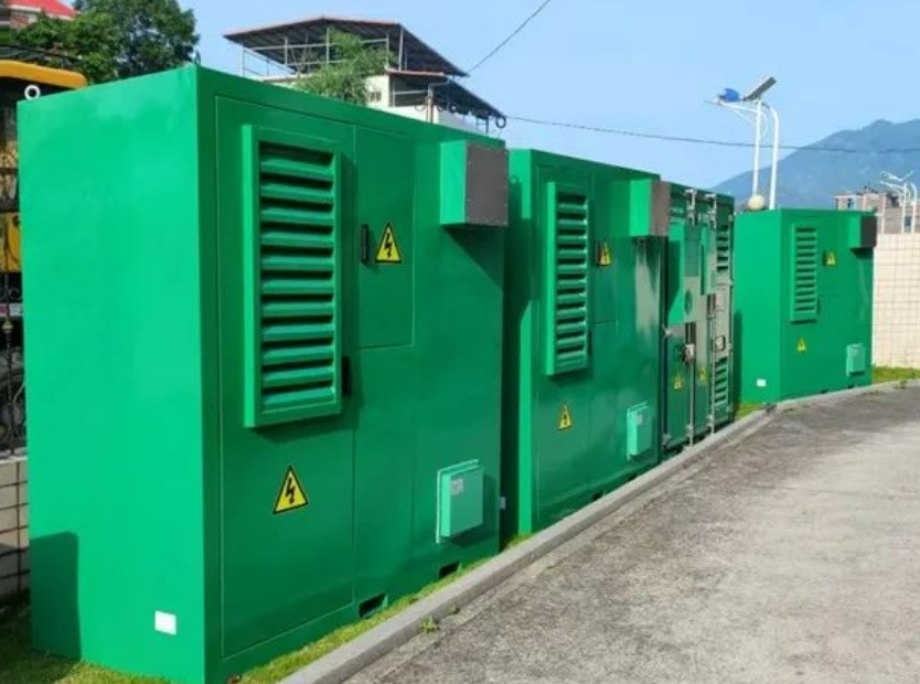
Key Benefits of Advanced Microgrid Solutions for C&I Applications
Cost Savings
Microgrids can help companies save money. By using energy storage systems, businesses can reduce their reliance on the grid during peak hours. This helps lower utility bills by managing demand charges. Peak shaving-reducing energy use during the highest demand periods-also contributes to cost savings.
Energy Resilience
Another benefit of microgrids is energy resilience. They can provide backup power during blackouts or emergencies. When the main grid fails, microgrids can continue to supply electricity to critical operations. This reduces downtime and ensures business continuity.
Sustainability
Microgrids support sustainability goals. They allow businesses to integrate renewable energy sources like solar and wind. This helps reduce carbon emissions and lowers the environmental impact. Using clean energy not only supports decarbonization goals but also boosts a company’s ESG profile.
Demand Response Participation
Microgrids also enable participation in demand response programs. These programs offer financial incentives for shifting energy use during peak demand times. Companies can sell excess energy back to the grid, generating additional revenue. This creates a win-win situation, where businesses can reduce energy costs while supporting grid stability.
Success Stories
Project of Implementing Advanced Microgrid Solutions
Recently, Fujian Province in China launched a new microgrid project. The State Grid Fujian Electric Power company built it. This demonstration project uses Contemporary Nebula’s shared energy storage solution for microgrids. It was installed in Xiangyun town, located in the western part of Nan’an city. The area has plenty of sunlight, making it ideal for solar power generation. In fact, more than two-thirds of the town’s distribution transformers are connected to distributed photovoltaic (PV) power generation.
Key Performance Metrics
In 2021, Xiangyun town generated 13 million kWh of solar power and 12 million kWh of hydroelectric power. This resulted in 92.59% of the town’s electricity coming from green energy sources. The energy storage system helped balance local energy supply and demand. It stored excess PV power and fed it back into the grid when needed. This not only solved the issue of PV power consumption but also increased the reliability of the local grid. The project improved power supply capacity and provided backup power for critical loads during peak demand periods.
Conclusion: A Reliable and Sustainable Energy Solution
CNTE Advanced microgrid solutions offer a simple way for businesses to reduce energy costs, improve reliability, and support sustainability. With flexible battery options, strong safety measures, and smart energy management, these systems are designed to meet the growing energy demands of the commercial and industrial sectors. They ensure businesses stay powered even during grid failures while promoting the use of clean energy.
Make the switch to advanced microgrid solutions today. Contact us to learn how we can help your business save money, stay powered, and reduce its carbon footprint.




